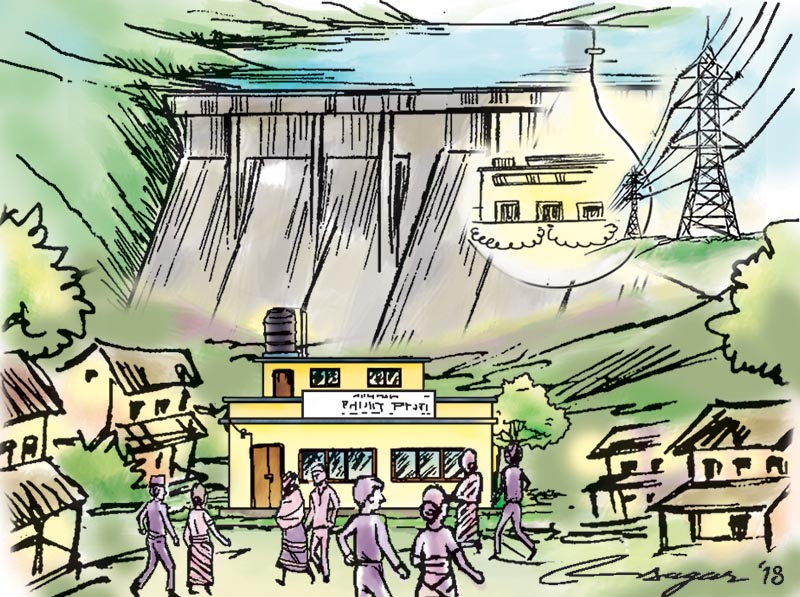Nepal to build 750 megawatt West Seti hydroelectric project
KATHMANDU: Nepal's government said on Tuesday it will build a 750 megawatt hydroelectric plant that was earlier cleared to be developed by China's state-owned Three Gorges International Corp, in a surprise announcement made while laying out the annual budget.
"We will mobilise Nepal's internal resources and build the West Seti hydroelectric project," the country's Finance Minister Yubaraj Khatiwada said while unveiling a $12.18 billion annual budget in parliament on Tuesday.
The announcement effectively scraps a $1.6 billion plan by the Chinese firm to build the plant on West Seti river in the west of the Himalayan nation, the second such plant to be withdrawn from Chinese builders in six months.
Three Gorges, China's biggest hydropower developer and the operator of the world's largest hydropower plant at the Three Gorges dam on the Yangtze river, could not be immediately contacted for comments on Nepal's decision.
In 2015, Nepal cleared the Chinese firm to build the long-delayed West Seti hydropower project that was scheduled for completion by 2021-22. Power from the facility was to be sold to Nepal which now imports nearly 500 megawatts of electricity from India to offset crippling shortages.
According to Nepali officials, work had yet to begin as the Chinese company was haggling with the government for better terms on construction and tariffs.
In November last year, Nepal scrapped a $2.5 billion deal with another Chinese company, Gezhouba Group, to build a 1,200 MW hydroelectric plant on the Budhi Gandaki river also in west Nepal.
One of the world's poorest countries, Nepal is opening up its vast hydropower potential to help ease chronic power shortages and develop an economy still emerging from a decade-long civil war and a devastating earthquake that killed 9,000 people in 2015.
That has prompted a rush by China and India to invest billions exploiting their neighbour's rivers.
This month, India began the construction of a 900 MW hydro-power project to be built in east Nepal by state-run Indian firm Satluj Jal Vidyut Nigam (SJVN) Limited at a cost $1.04 billion during Prime Minister Narendra Modi's state visit to Nepal.
Nepal is estimated to have the potential to generate some 42,000 MW of hydropower, but it currently produces 1,000 MW — less than the demand of about 1,500 MW.






